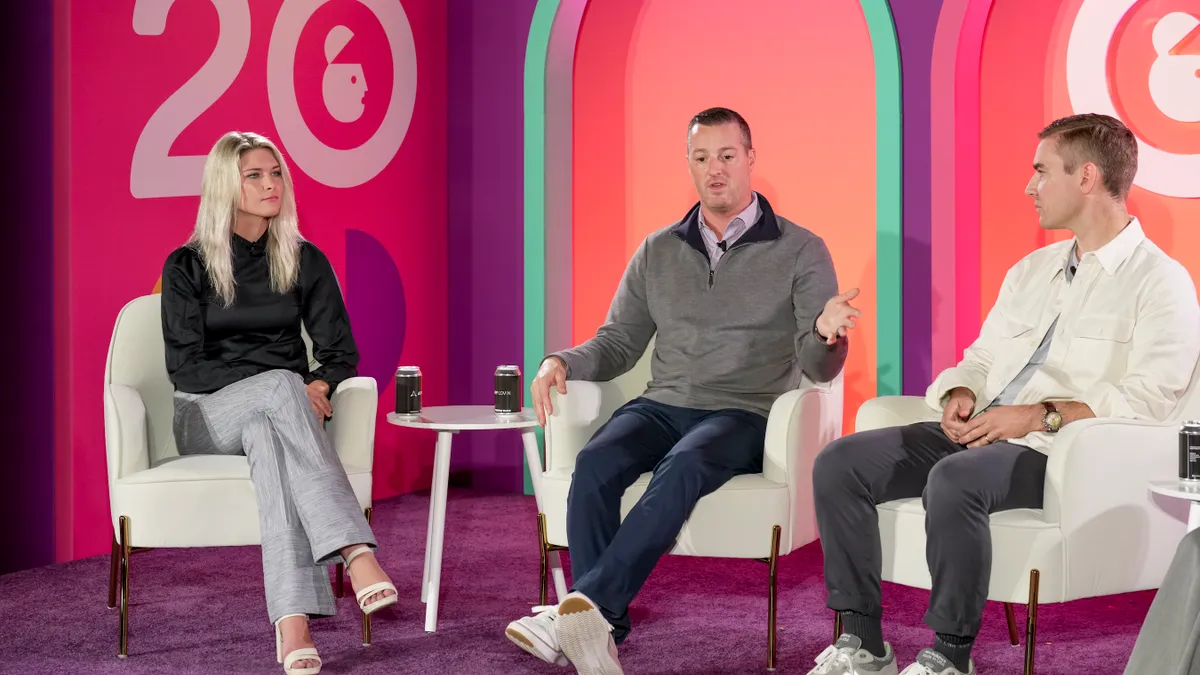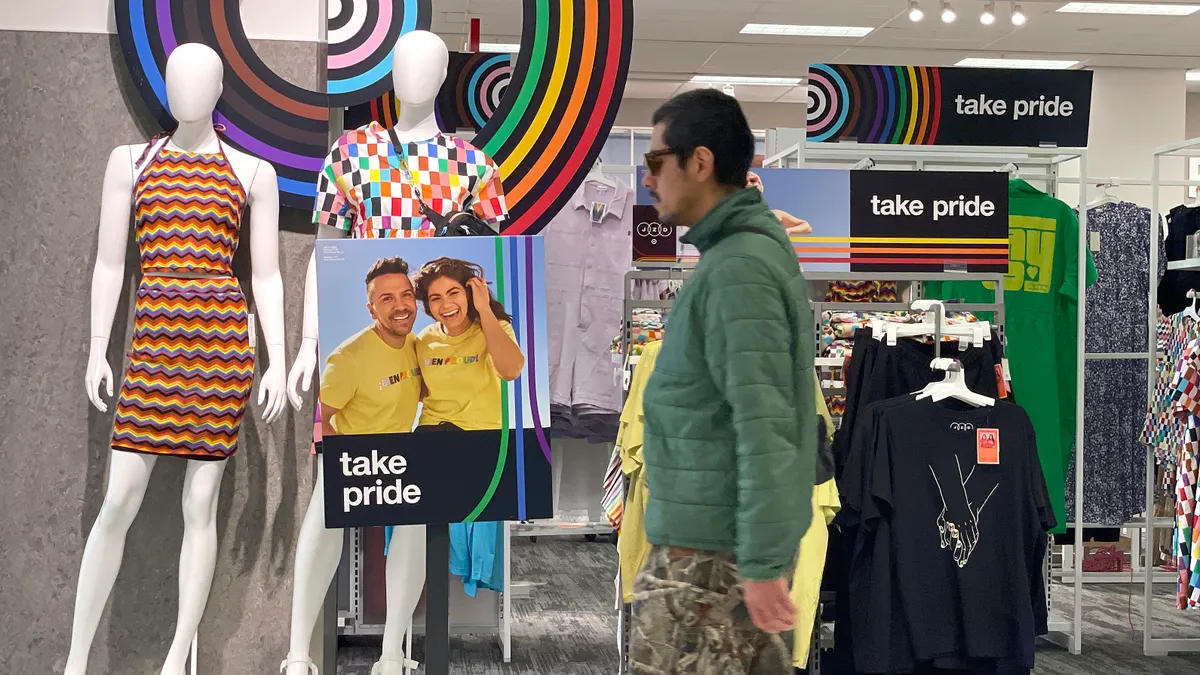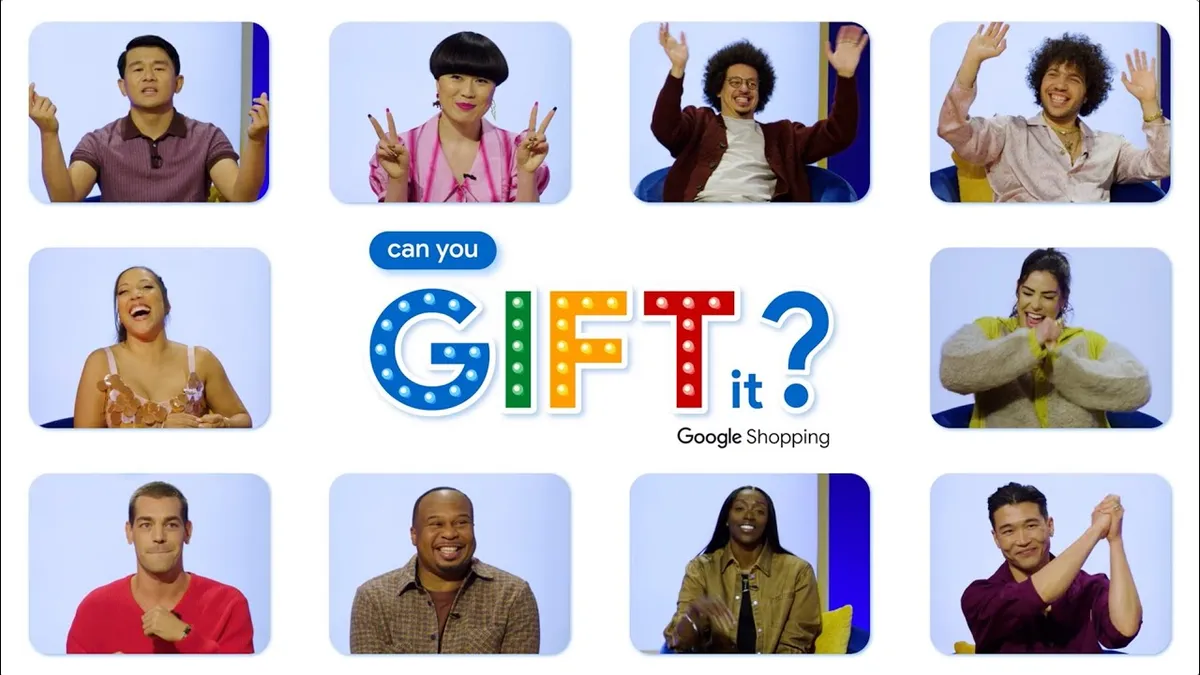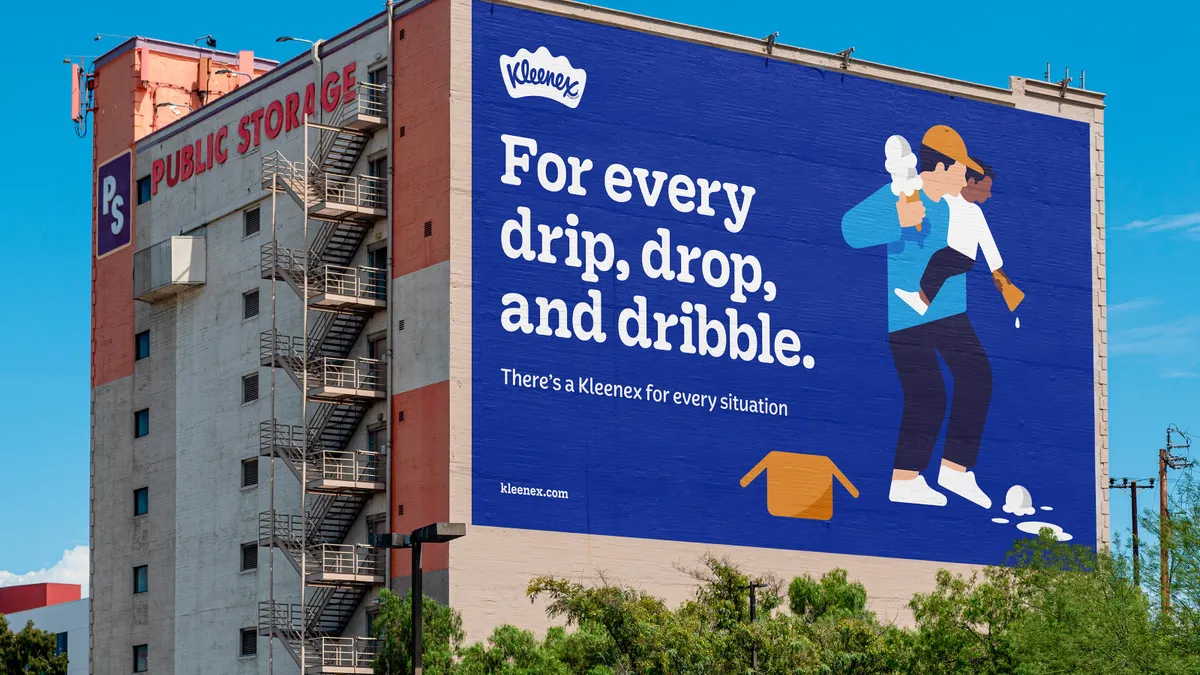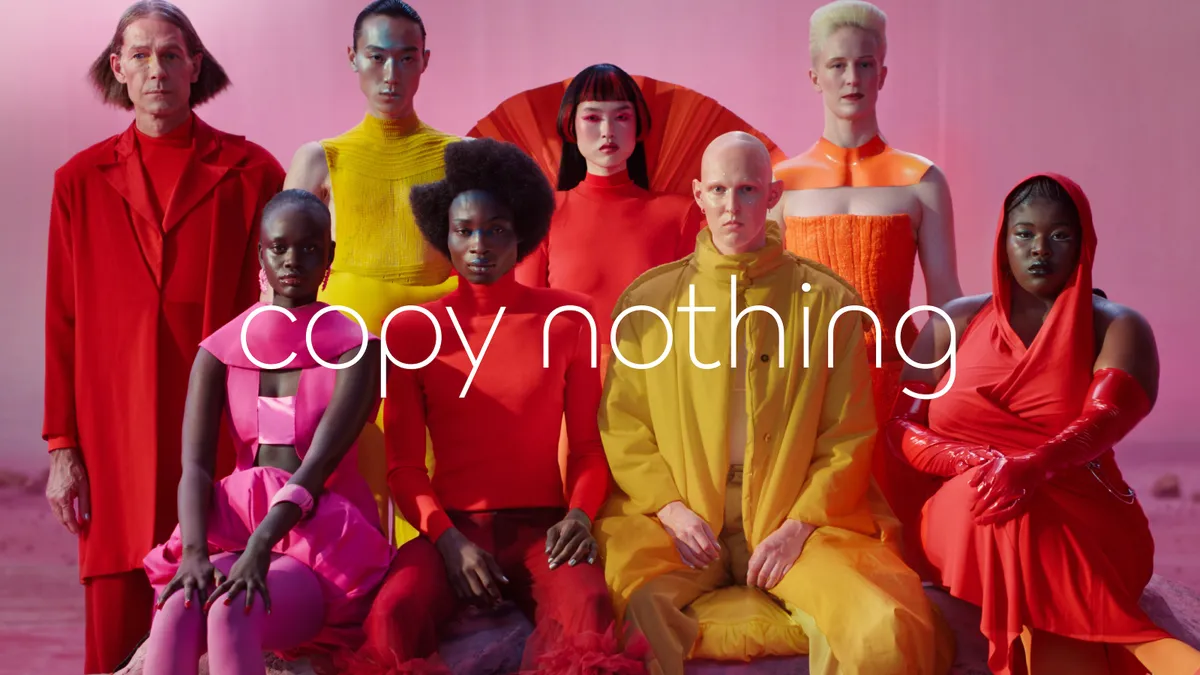NEW YORK — Candy marketers are nearing the finish line for their category’s annual marketing blitz as people stock up on sweets for trick-or-treating. The key Halloween sales period brings both opportunities and challenges for legacy companies like Hershey that carry wide household penetration but are contending with gaps in outreach strategies that prioritize reach, executives shared during an Advertising Week New York panel Wednesday.
“We actually did a heat map of the United States. The entire impression load was in five U.S. cities,” said Vinny Rinaldi, head of U.S. media for CMG and salty snacks at The Hershey Company. “If you’re buying everybody with a mouth, but you’re only speaking to five cities, you’re missing everyone between LA and New York, pretty much. There’s a lot of people there that eat chocolate.”
As the maker of products like Kit Kat and Reese’s Peanut Butter Cups looks to refine its media buying and planning, artificial intelligence (AI) is helping shift focus from oversaturated markets to those that are often underserved, such as Topeka, Kansas. Hershey and fellow Advertising Week panelist HP have been working with Chalice Custom Algorithms, a four-year-old AI services provider that builds bespoke algorithms that help brands manage programmatic efforts on top digital platforms. A greater degree of precision is especially high stakes this season amid a flood of political advertising hitting what are often quieter pockets of the country. The U.S. presidential elections will be held Nov. 5, less than a week after Halloween.
“We have to make sure we’re taking in all these different signals to make sure … we’re not driving up the value of every impression to be astronomical,” said Rinaldi. “There’s an influx of media this year, so having the algorithm built out allows us to really take all that into account so we’re not overextending during an election year.”
High-stakes Halloween
Even in non-election years, Halloween has an outsized impact on the candy business. Failing to hit sales goals can reverberate into the months ahead and affect future holiday campaign plans.
“Markdown day is the worst day in our business because it created waste. Not only does it create waste, but if you don’t reach certain thresholds by every single retailer, they buy less next year,” said Rinaldi, alluding to Nov. 1, when many shops apply steep discounts on unsold Halloween candy.
Chalice, which focuses on developing custom bidding algorithms for programmatic media, sought to provide Hershey with an offering that could engage the “moveable middle” of shoppers and assist with decision-making across key platforms during the thick of Halloween mayhem, according to Chalice Co-Founder and Chief Operating Officer Ali Manning, who moderated the panel. Chalice’s tools rely on several different algorithms that work in tandem to monitor inventory availability, impression pricing and campaign pacing, among other functions. Marketing agency Lucid is a partner of Chalice.
“We took three platforms that don’t speak together, Meta, YouTube and The Trade Desk, and built the layer above [them] to make sure that we’re allocating all of our budgets appropriately, so that we’re not over investing across each platform in those markets,” explained Rinaldi.
Ironing out the kinks
Hershey tested Chalice last Halloween and outlined results with a single retailer at Advertising Week. The process could be cumbersome. Hershey had to manually share ZIP code data on a weekly basis with Chalice to see which stores it was underperforming in compared to a national average. It then took media impressions every day of those weeks to verify it had an eye on the correct markets. Despite the heavy lift, the outcomes proved promising.
“That retailer last Halloween was the only retailer that beat sell-through,” said Rinaldi, referencing a measure that tracks the amount of supplier product a retailer is able to sell over a period of time. “And it isn’t all because of just media, but we were able to correlate the 1.5% growth on sell-through directly to media.”
“We were able to bring all these things together to actually prove the value through match-market testing,” added Rinaldi.
AI in marketing, a major topic at Advertising Week New York, continues to gain traction as an enabler of efficiency. Rather than set up thousands of line items, trafficking units and insertion orders across a trio of disparate platforms, Hershey was able to centralize more of its work and achieve a higher level of campaign “fluidity,” Rinaldi said. The next step: Applying these tactics and technologies outside of the make-or-break months of the year.
“We’re just scratching the surface because we’re only doing this seasonally. It's only on some of our big tentpoles. We spend a lot more every day,” said Rinaldi. “There’s a lot we can do with this and I think we’re just getting started.”



